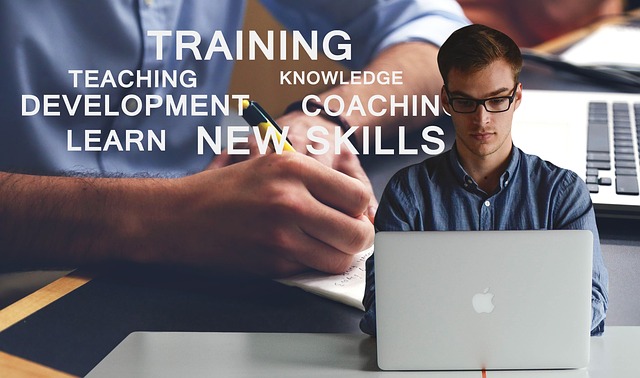A new school year has begun for many of us, or is on the horizon for others. And with that new school year comes new hopes and dreams for our students, teachers and leaders. For some, it is also a year with distinctly new roles, and distinctly different role relationships. For new leaders, or leaders beginning in new positions, it can be challenging to mesh the needs of a new role, with the dynamics that often arise when positions change. Even for those of us who have experienced a role for a number of years, constantly changing communities can make every year feel like one’s first. Whether in a new role, a new location or simply beginning a new year, here are three leadership lessons that allow us to make the most of “newness.”
Notice like you’re new.
One of the best pieces of leadership advice I was ever given was to take the time to know the nuances of a given role and community, before assuming I could make impactful change. At times, particularly when we begin a new position, our internal desires to showcase our value, and our need to attest to the fact that a good decision was made in placing us in our new role, pushes us towards making decisions that aren’t informed by data, or are changes that happen too soon. Its human nature to want to say, “Look what I can do. Isn’t it great that I’m here with you?” And yet, we need to calm our internal voice and help guide it into listening mode. Otherwise, we’ll never hear the voices that are already present and talking. “Getting a lay of the land” is a necessary in entry plans. That said, it should also remain an important step for those beginning a new year in the same role. Since people change over time, and since time changes people, it makes sense that we can’t truly know our learners (both young and adult) until we’ve listened to make sure that what we thought we heard is really what is being said. Beginning each year taking a noticing stance is an effective way to help move vision towards reality.
What’s old is new again.
Here’s a simple fact: There are too many potentially beneficial initiatives to explore in a given year (or collection of years, for that matter). There are so many directions to go, so many people to learn from, and so many tools to potentially help our learners succeed. But the volume model of educational change isn’t necessarily connected to the value model. A new year doesn’t have to mean a new direction; in fact, learning doesn’t live by the calendar, and shouldn’t be forced to. Take professional development design, for instance. One of the characteristics of “sticky” learning is the continued exposure to ideas and concepts around a central theme (i.e. the “follow-up” phase of professional development design). In other words, one-and-done professional development tends to be ineffective because it lacks the necessary follow-up for positive accountability and meaningful change. This also means that well-developed professional learning initiatives don’t have to be forced into a school year. Learning around a theme can begin mid-year, and continue form one year to the next. Of more importance than the time the learning takes is the relevance and connection of the learning to the people involved in the experience, and that follow-up provided is based on data constantly collected. A new year should never mean we leave previous learning at the door. After all, it’s incredibly rare for us to ever learn everything about an idea from August to May (or September to June).
Assume what you knew is what you didn’t.
In general, leadership hates experts. That doesn’t mean that we can’t accumulate expertise (or be acknowledged for it), but the best leaders understand that they aren’t experts in any given area. Rather, they simply know a little bit more than others at this given time. This is an important distinction. Once we believe we are experts, we are more likely to remove our learning welcome sign, and instead, welcome the status quo. This is a dangerous place to be, because all leaders, whether new, or seasoned, need to constantly consider what they don’t yet know as a map towards continuous learning. So, it is useful to assume that everything that we know is open to further refinement, and new knowledge. If we lead through a lens where what we know is actually what we don’t, then we are more likely to be mindful of relying on evidence, and more welcoming of new learning that comes our way.
Leadership is never something that any one person excels at. Instead, it is a state of being that requires continuous shifting of skills and practices in a way that allows for the sharing of our strengths, and the strengthening of our weaknesses. Whether we are beginning our first leadership role, or coming to the conclusion of our last, leading like new can always help us keep our leadership fresh.
Fred Ende (@fredende) is the assistant director of Curriculum and Instructional Services for Putnam/Northern Westchester BOCES in Yorktown Heights, N.Y. Fred blogs at www.fredende.blogspot.com, Edutopia, ASCD EDge and SmartBrief Education. His book, Professional Development That Sticks is available from ASCD. Visit his website: www.fredende.com.
____________________________________
Like this article? Sign up for ASCD SmartBrief to get news like this in your inbox, or check out all of SmartBrief’s education newsletters, covering career and technical education, educational leadership, math education and more.
